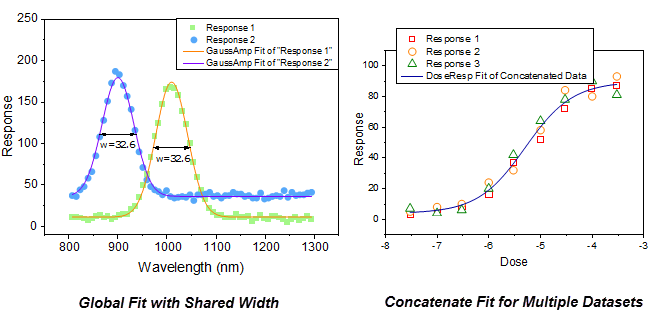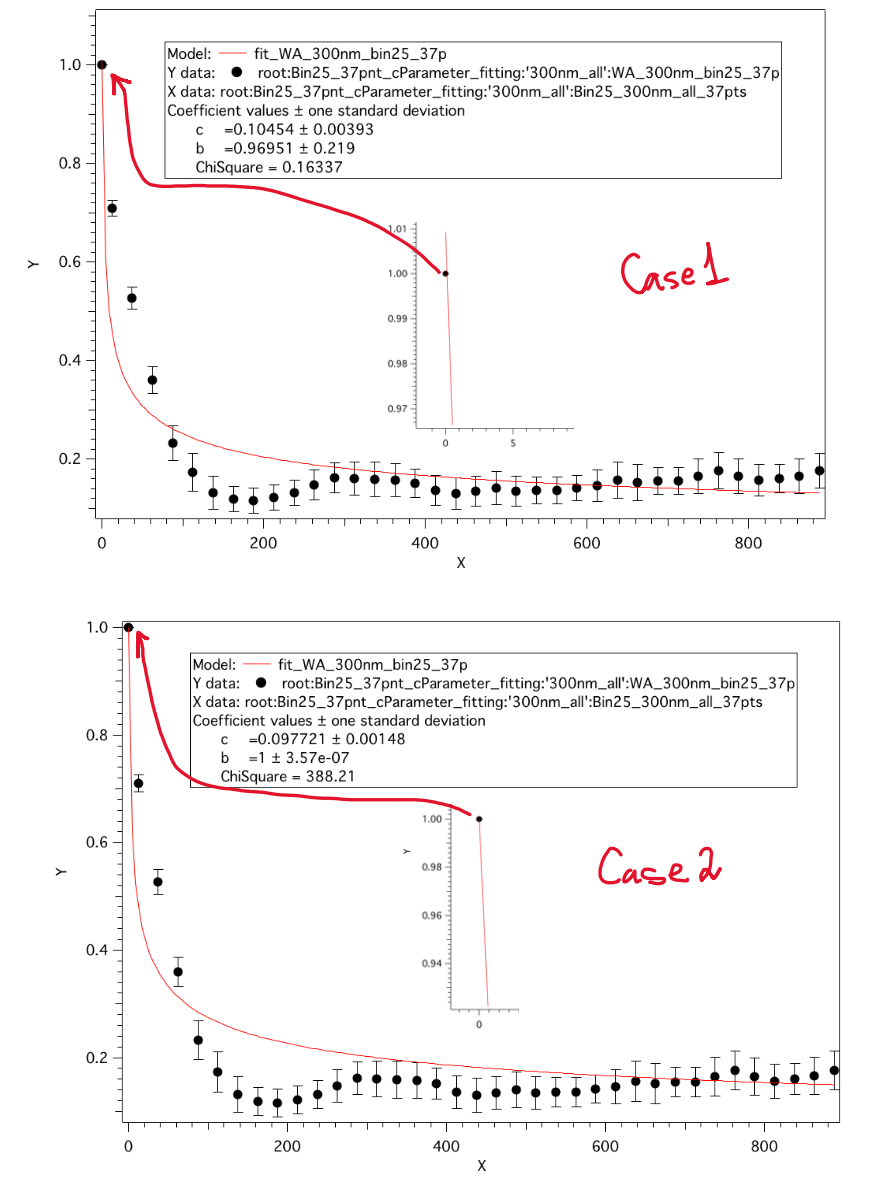


It can be used to identify, capture and filter spontaneous synaptic events, or extracellular action potentials. It uses a sensitive 'sliding template' algorithm to identify events that match a specific time course (Clements and Bekkers, Biophys J 73:220-229). Measure peak amplitude and location, rise-time, width and onset.Ī sophisticated 'Event Detection Package' is included. Find the largest peak in a trace, or all peaks greater than a threshold amplitude. Compute basic statistics for each column in a table.Ī table of results from a single 'cursor measurement', as shown aboveĪ current-voltage plot generated directly from the above table of resultsĪutomatically find peaks and measure their amplitudes and shape parameters. Combine and transpose tables, then create a graph from the results. Simultaneous 'cursor measurement' of the amplitudes of all eleven traces in both the 'Membrane Voltage' group and the 'Current' groupĪnalysis results accumulate as tab-delimited tables in the 'log' window. Temporarily mask traces to exclude them from analysis. Place two vertical cursors on a graph and between then analyze the data points between the cursors.įlexible analysis of graphs with multiple traces, or groups of traces. Optionally measure the x-y location of each click, or the distance between pairs of clicks. Multiple mouse clicks measure the amplitudes of several features.

In summary, the program has the following strengths: (1) it is generally applicable to circumstances in which different populations of elementary events occur concurrently, a drawback of methods that employ matched filtering techniques, (2) it is relatively insensitive to drifts in baseline, and (3) it generates user-accessible arrays of the timing, amplitude and kinetic parameters of the detected events, making customized statistical analysis of event characteristics easily executable.Measuring amplitudes is as simple as point and click. By using differences in kinetics, the program could discriminate between the two different classes of events. The program was developed to analyze recording traces that each contained both excitatory (glutamate-mediated) and inhibitory (GABA and glycine-mediated) events. Here, we describe and characterize an amplitude threshold algorithm, written as an IGOR Pro procedure, which detects events as well as characterizes their amplitudes and kinetics. Rapid and reliable detection of randomly occurring small amplitude synaptic events resulting from activation of different classes of ligand-gated receptors is a difficult task.


 0 kommentar(er)
0 kommentar(er)
